Train Photography: "Excuse me, passing through."

Device Model/Make: Nikon D5100Focal Length: 18mmF number: 8Shutter: Bulb (varies from 5s to 20s)ISO: 100Lightpainting is a fun fusion of photography and painting, where a camera's shutter is locked open and portions of the image are selectively exposed. It's a neat art to be sure, but it's a little more scientific when the object doing the painting is a couple hundred tons in weight. This past Independence Day I was coming home from Hoboken via Rutherford station, and my friend being a *huuuuuge* rail photography enthusiast was keen on setting up shop to try and capture a following train before we finished our commute home via car. In order to capture all aspects of a train stopping at a road crossing, there are a couple stages you need to capture:
- 1) Gate lowering.
- 2) Train pulling in.
- 3) Train pulling out (after reaching a reasonable velocity).
- 4) Raising of the gates (can be combined with <3>).
Nailing all of those elements will capture all light-streaks of interest. Optionally, you would probably also want a clean "background plate" that you can use to patch up any undesirable bits. As my first prepared train photography expedition, I decided ahead of time to break up the exposure into a couple of shots and select bulb exposure for my shutter speed. This would let me kill the exposure whenever I wanted, preventing over-saturation if I mistimed a shot. In the final compositing, there was a minor but noteworthy amount of touching up to do. In my background plate I had to remove a stray car. In subsequent scenes I had to blot out a red spot due to internal reflection in the lens from the bright signal lights (left center of the frame, over the building). I also erased out the uneven pavement illumination from cars that had been stopped by the train. In the final picture, I had to erase the blurry ghosting left by people who had disembarked from the train and were walking towards me. They did this while the gates were still down (tsk tsk). I would not have been able to split up the train departure and the raising of the gates in the final picture because then I would have broken up the light trail left by the red lights at the rear of the train. The dashed lines above the train are left by strobe lights on top of the locomotive.The pictures were all superimposed in Photoshop on top of the background plate, with the blend mode set to lighten. A little bit of contrast adjustment in each layer and the final composition was complete. One train shooting through a seemingly deserted Rutherford.Update: Yes, I know it's too dark. It's an artifact of the fact that I edited it on my Mac's overly bright, glossy screen.Update 2: Added a few details on camera and exposure settings. I didn't shoot wide open at f/3.5 because between f/8 and f/16, you typically get the most crisp results for a given exposure. Too wide, and your DOF is garbage, and too closed you don't get enough light.
In the final compositing, there was a minor but noteworthy amount of touching up to do. In my background plate I had to remove a stray car. In subsequent scenes I had to blot out a red spot due to internal reflection in the lens from the bright signal lights (left center of the frame, over the building). I also erased out the uneven pavement illumination from cars that had been stopped by the train. In the final picture, I had to erase the blurry ghosting left by people who had disembarked from the train and were walking towards me. They did this while the gates were still down (tsk tsk). I would not have been able to split up the train departure and the raising of the gates in the final picture because then I would have broken up the light trail left by the red lights at the rear of the train. The dashed lines above the train are left by strobe lights on top of the locomotive.The pictures were all superimposed in Photoshop on top of the background plate, with the blend mode set to lighten. A little bit of contrast adjustment in each layer and the final composition was complete. One train shooting through a seemingly deserted Rutherford.Update: Yes, I know it's too dark. It's an artifact of the fact that I edited it on my Mac's overly bright, glossy screen.Update 2: Added a few details on camera and exposure settings. I didn't shoot wide open at f/3.5 because between f/8 and f/16, you typically get the most crisp results for a given exposure. Too wide, and your DOF is garbage, and too closed you don't get enough light.
